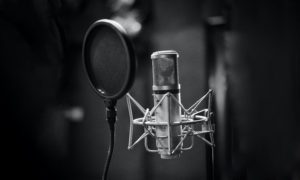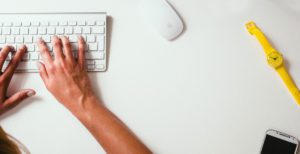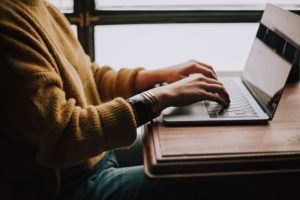Being a better innovator, entrepreneur, product developer and – well – human, requires optimal self-awareness, keen observation, active curiosity and, in the end, developing our ability to better read the future.
All my learnings regarding this process, are based on decades of work innovating across cultures while imbedding a fascination with neuroscience findings. I am also in the process of writing a book based on the above and these are snippets of its contents.
Are you a futurist? Well, you can be. The process of becoming one is good for our self-development and good for your business and/or career.
It turns out that developing our empathy and aesthetic sensibilities muscles leads to growing our ability to see interconnections in human systems and capturing developing trends before others. As entrepreneurs and product developers we must develop this skill. If we can’t sense the future and adapt how you do things, our businesses will suffer. Or even die. Just think of the graveyard of brands that were bad at this: Border Books, Kodak, Blockbuster, Blackberry, Nokia, Toys Are Us, etc.
Developing this skill requires developing your own “algorithm” composed of many vectors and mind feeds that are largely dependent on our individual way of processing and filtering reality. Afterall, we know now, that our brains are all individual and different. As the filters that they themselves are, our brains learn differently. Some of us are visual learners. Some of us learn by doing. Some of us learn auditorily. Some of us are prolific readers.
I have developed my own algorithm over years of studying the subject and practicing, but there are best practices that we can all use and that I will share. Here is one of them: Be a keen observer by being hyper aware.
What does this mean? It means seeing with intent and curiosity. Simply being present and taking notes of what we see, and feel will get us started in this journey. Simpler said than done, right? Try this: Get purposefully lost (we have GPS to save us) and be present and hyper aware of what you see and feel. This is a mindfulness exercise taken to the next level. Take notes afterwards and benchmark those notes and new sightings with your own experiences. What is different? What is the same? But – very important – during observation, do not let your mind wonder and start judging what you are seeing. Just observe, take notes, or record what you are seeing on your phone.
A person is walking a dog. What kind of dog? Is she talking on the phone while walking? How is she using it? What kind of leash is she using? What color? What is she wearing? Every observation is relevant. Our visual sense is the sense we most use in filtering reality, after all. This practice is a good way to start rediscovering our observational muscles. Seeing new landscapes and objects, puts us in a state of discovery and heightened perception. This is the reason why travelling can be so exciting and addicting.
It turns out that one of the qualities that Thomas Edison looked for in his collaborators, were people with the very same skills I sight here. People that were perennial note takers. Why? There is a belief present in some of us, that all that is send our way by the universe, in same way, can be used in time to make sense of the world. Some of those observational snippets will perhaps be the final ingredient on a new product or service. These are all good things for the mind and our self-awareness regardless of if we become successful futurists or not. Being hyper aware while suppressing our judgements and listening and observing with intent, will go a long way in finding your very own algorithm to anticipating the future and developing fore vision.








